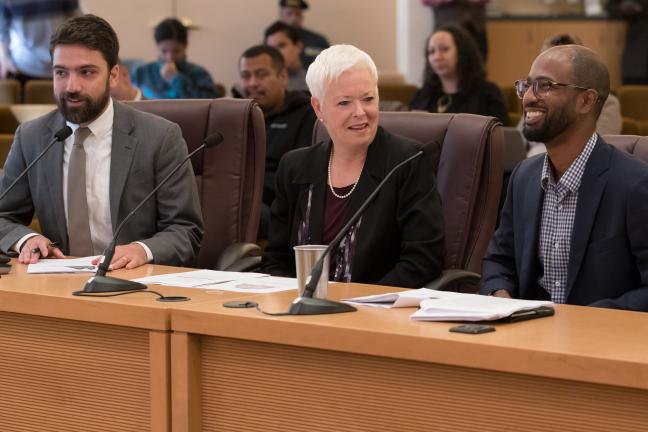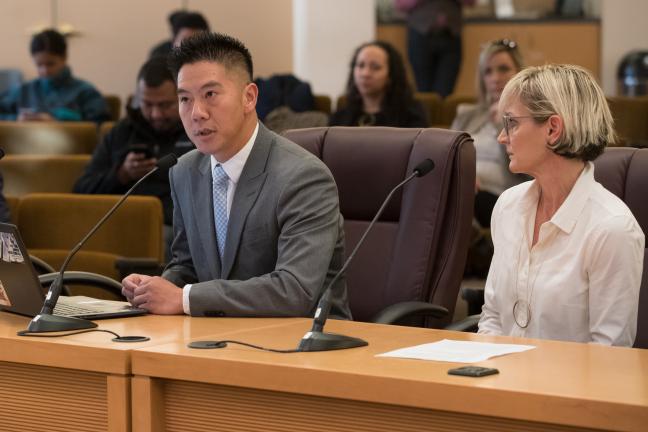Residents of color have been redlined into neighborhoods near industrial emissions, near major roadways with higher diesel pollution, and in parts of the County with fewer sidewalks and less frequent public transportation.
The Board of Commissioners on Thursday committed to improving environmental health for historically marginalized residents and directed the Office of Sustainability and the Health Department’s Environmental Health Division to develop and propose policies that promote environmental justice.
“We’re committed to addressing the historical inequities that have burdened communities of color and low-income communities,” said Chair Deborah Kafoury. “There’s no escaping that policy decisions of the past 150 years have exposed people of color disproportionately to pollution.… Thanks to this resolution, we have a mandate to act.”
The resolution directs County offices to produce, within two years, an “environmental justice snapshot” that identifies environmental health indicators, lays out current practices and proposes ways to improve the environmental health of affected neighborhoods.
Commissioner Jessica Vega Pederson, who has championed the work, called the resolution a first step to a lofty goal — the deconstruction of white supremacy. The resolution both commits the County to craft policy with environmental justice in mind, and requires meaningful public participation.
Mary Peveto, co-founder of Neighbors for Clean Air, said she was impressed with the County’s use of an equity lens when preparing policy positions on diesel pollution. “There was a sense the County brings an opportunity to look at policy in a really important way,” she said. “But we were lacking a position from the County regarding environmental justice on things that are intersectional, like housing and transportation.”
Peveto credited Commissioner Vega Pederson for stepping up to champion environmental justice policy.
“It really was her commitment, her authentic desire, that makes it as strong as it is today,” Peveto said. “This is not an end point. It’s just a framework for a start.”
The work will be led by the County’s Office of Sustainability, in partnership with the Environmental Health Division.
“Environmental health is prepared to support this work,” said Environmental Health Director Jae Douglas, Ph.D. “There is simply an inextricable link between social determinants of health and environmental justice.”
Her team will help coordinate outreach to communities, analyze data, interview neighbors, and propose and review policy. The mandate builds on more than a decade of research on health disparities and how someone’s health is affected simply by where they live.
That research includes:
- . The first of three "report cards" on health inequities.DocumentRacial and Health Disparities 1990-2004 (222.51 KB)
- . Updates “Racial and Ethnic Disparities in Multnomah County: 1990-2004”Document
- . A devastating analysis conducted over more than 12 months by the Multnomah County Health Department.Document
- , 2015. This supplement to the 2014 Report Card unmasks the health disparities facing Pacific Islanders.Document
- , 2015. The county’s strategy for creating a cleaner climate by 2050, with an emphasis on racial and social justice.Document2015 Climate Action Plan (Full Document) (18.11 MB)
Ensuring Healthy Air, Options in the Portland Metro Area, 2018. A report proposing projects from neighboring states that might be replicated in the Portland area to improve air quality.
”There’s a long history to build on as we launch into this work,” said John Wasiutynski, director of the Office of Sustainability. “I really see this work as being in parallel and supportive of other work that touches on the same area.”
Wasiutynski pointed to research that suggests a person’s genetics play a bit part in a person’s physical health. That person’s ZIP code plays the leading role.


